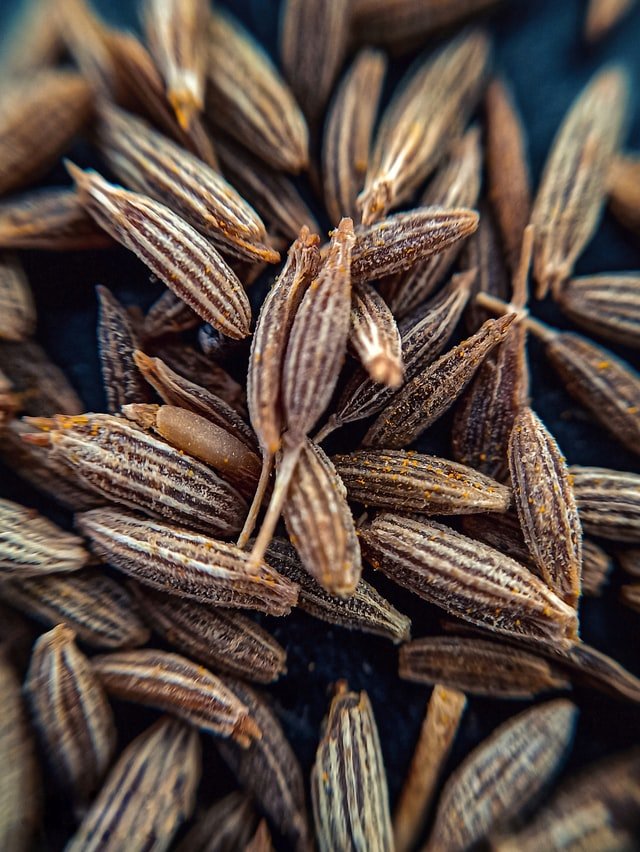
Anise is a plant used since time immemorial to treat different disorders, such as stomach problems, menstrual cramps and lack of sexual appetite, among others.
There are many civilizations, among them: the Egyptians, Hindus, Chinese, Romans and Greeks, who have taken advantage of its health benefits, but where does anise come from? What are its properties? What does it taste like and how is it used? prepare your infusion? Don’t worry, below we will tell you everything about anise infusion.
What is anise infusion used for?
Anise stands out for its various health properties. Therefore, it is easy to find it in infusions, either alone or accompanied. An excellent classic combination for the stomach is chamomile with anise.
The properties of anise are multiple. Among them, it stands out for:
- Stimulate appetite.
- Fight digestive problems, such as heartburn, gas, indigestion and heavy digestion, due to its carminative and antispasmodic effect.
- Calm nerves and stress: although there is no scientific data on this, alternative medicine has been using it for this purpose for hundreds of years.
- Relieve the symptoms of the flu, cough, bronchitis, and even asthma by having proven expectorant and anti-inflammatory properties.
- Regulate the rule.
- Enhance sexual desire: we have not found evidence on this point but anise is historically considered an aphrodisiac.
- Improve headaches and migraines.
The taste of anise infusion
Anise is widely used in gastronomy, especially when preparing desserts, cookies and cakes, although its seeds can also aromatize savory dishes.
The green anise infusion stands out for its extremely sweet flavor, with a spicy touch, and its aroma similar to that of liquorice; while the star anise infusion stands out for its sweet but even more intense flavor, somewhat reminiscent of cloves.
What is anise?
Anise, by its scientific name Pimpinella anisum, is an herb whose origin is not clear. It is thought that it would come from Egypt or some Asian country. It belongs to the apiaceae family, like celery.
This plant can reach a meter in height and has simple leaves between 2 and 5 cm long. In spring, it exhibits white flowers in open inflorescences and very aromatic fruits.
As there is a great variety of species, it is worth differentiating between green anise, the most conventional, and star anise. The latter belongs to another botanical family but, in general, has the same functions as green anise. In fact, it is used as a replacement for conventional anise due to its similar aroma and taste. Therefore, when preparing your hot cup of anise infusion you can use either of these two options.
From anise, both the root and the leaves and seeds are used, since all these parts keep the same active components. It is not unusual to find dishes, especially desserts, flavored with anise due to its characteristic (and delicious) flavor.
Most varieties of anise are suitable for consumption, except Ilicium anisatum, which has toxic potential.
The history of anise
As we told you at the beginning of this article, its use goes back centuries. Did you know that there are already references to Pimpinella anisum in ancient Babylonian texts? It seems that already at that time the medicinal properties of anise were used.
Although the data is not clear, it is believed that anise came to Europe from Egypt and the Middle East hundreds of years ago. In Spain, its cultivation dates back to the fifteenth or sixteenth century, although information indicates that its arrival in Europe was earlier.
In fact, it is believed that the Romans used it as a spice as early as the time of Virgil.
Anise production
As is often the case in these cases, the data on how anise production began in Europe is not 100% corroborated. In any case, today, in Spain, the area of Andalusia is one of the main producing regions and, also, consumers of anise. As they need a temperate and warm climate, among the producing Mediterranean countries we find France, Greece, Italy and Turkey, while in America Argentina, Colombia, Mexico and Venezuela stand out.
Its production cycle is autumn-winter-spring, that is, it is sown in autumn, it develops in winter and, finally, it is harvested in spring. To thrive, anise needs deep, well-drained, permeable soil.
After sowing, approximately 180 days are required to start harvesting. This process is carried out manually or with machines, depending on the country to which we refer. After harvesting, we proceed to cleaning and classification. On the one hand, the grain is separated, highly valued in the confectionery, liquor and bakery industries; on the other, the essential oil used in perfumery and pharmacy is separated.
How to prepare an anise infusion

In some supermarkets, you can find bags of anise infusion; in this case, you must infuse the bag following the instructions on the package. If, on the other hand, you want to prepare your own infusion, follow our recommendations.
Ingredients
- 1 teaspoon of green anise seeds
- 1 cup of water
Preparation
- Heat the water.
- When it breaks the boil, lower the heat and add the anise.
- Let cook for 5 minutes.
- Remove from heat and let stand for another 2 minutes.
- Filter and serve.
- It is not necessary to add honey as its flavor is naturally sweet.
Note: if you use star anise, reduce the decoction time to 3 minutes and the rest to 1 minute as its flavor is more concentrated.
In the case of having an anise plant at home, you can take advantage of the leaves to make the infusion. In this case, you will need 10 g per cup. Remember to wash them well before making the decoction.
After knowing all the health benefits of anise infusion, it’s always worth having a little box in the cupboard, don’t you think? In addition, its sweet flavor will delight the whole family.
